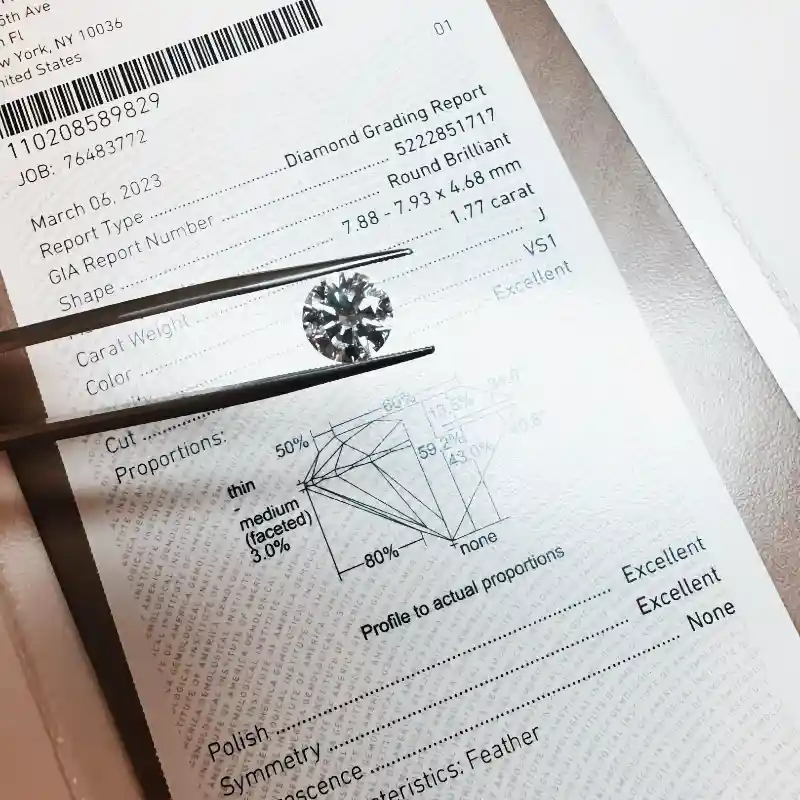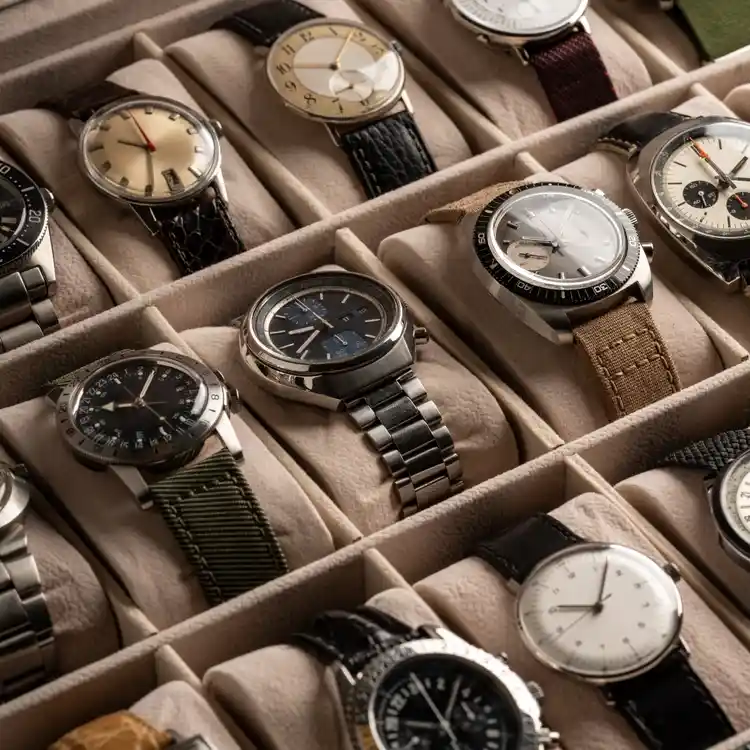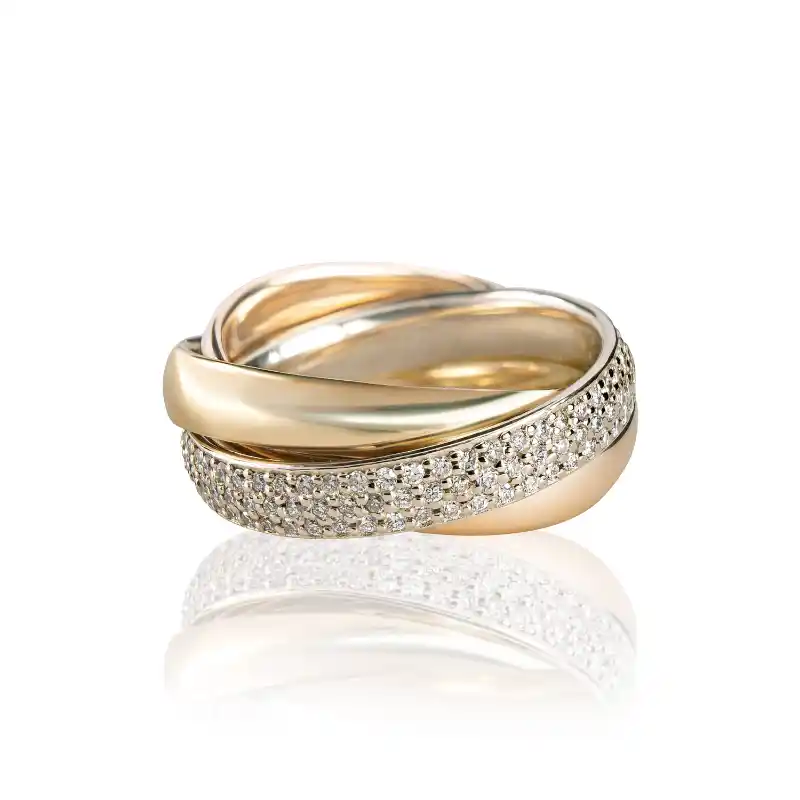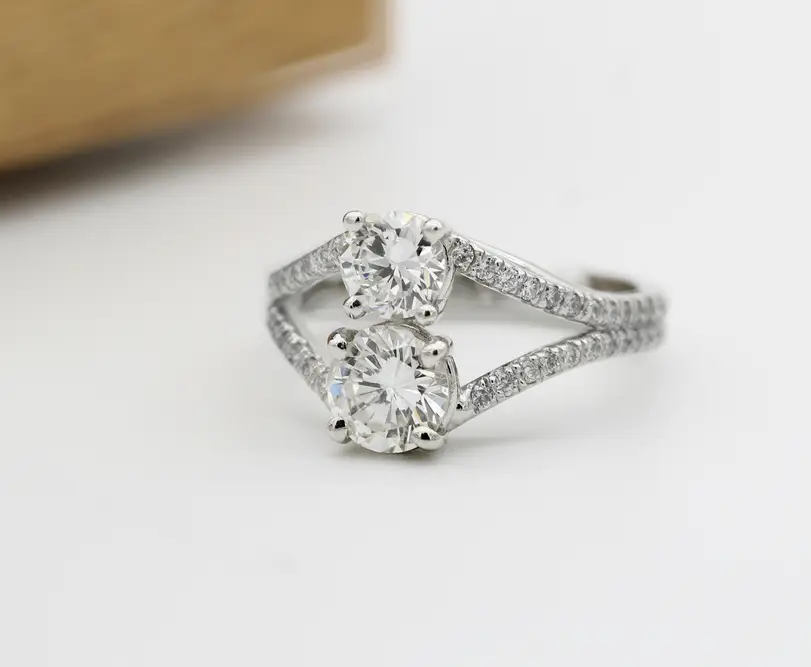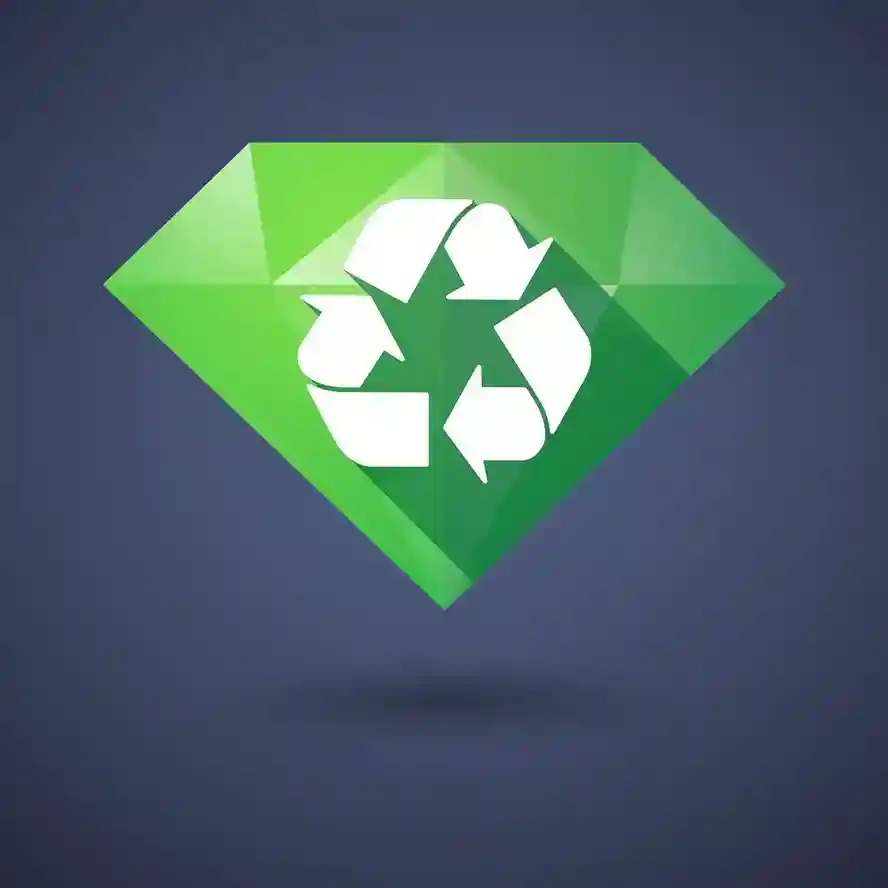
Recycled Diamonds Vs Lab-Grown - Which Are More Sustainable?
The lab-grown diamond category has exploded on the consumer market in the last decade, particularly the past few years, positioning itself as an eco-friendly, sustainable alternative to natural diamonds.
But are lab-grown diamonds a more sustainable diamond option than using recycled natural diamonds?
Lab-grown diamond producers market their products as “less of a threat” to the environment than natural diamond mining. They point to the fact that their processes use less water, emit fewer greenhouse gasses, and do not disrupt the earth to bring a diamond to market, as compared to mining diamonds.
Yet they speak little of the enormous energy needed to grow diamonds. Diamonds are grown in factories using High Pressure High Temperature (HPHT) or Chemical Vapor Deposition (CVD) processes. HPHT produces more diamonds per cycle, CVD allows the grower to better control quality, which is especially important for diamonds used in jewelry.
Both processes require uninterrupted power sources for their production cycles that could take anywhere from 30 minutes to several weeks, John Hassard, owner of Edgecombe Abrasives, told Jewellery Business magazine in February 2019. The company supplies industrial equipment using lab-grown diamonds.
A March 29, 2019 article in JCK online, “Just How Eco-Friendly Are Lab-Created Diamonds,” reports that the “most efficient” diamond growers use 250 kWh per carat, which is equivalent to the amount of electricity the average U.S. household uses in eight days or the electricity to fully charge a Tesla two-and-a-half times. But most producers use 750 kWh per carat.
The article also reports that most lab-grown diamonds come from places where renewable energy is rare. In China, which tends to produce HPHT diamonds, at least half of the energy comes from coal. In India, the proportion of energy from coal is even greater. Few producers are certified sustainable or carbon-neutral.
Natural’s Value Proposition
By recycling diamonds, the jewelry industry allows the flow of second-hand natural diamonds back into meaningful jewelry production, averting the need for new mining. This saves energy, conserves natural resources, and reduces additional pollution expended to extract a diamond from the ground or create one in a lab, cites Benjamin Burne, CEO of White Pine, a leading recycler of natural diamonds.
Burne notes that about 25% to 30% of natural diamonds that are recycled need no remanufacturing to repurpose in the market. But for those that are recut, the process requires far less energy than mining or growing diamonds.
While lab-grown diamond’s sustainable message is appealing to Millennials and Gen Z, recycled diamonds have an even more compelling story for younger consumers, who are very comfortable recycling and buying second hand.
“Nobody trashes diamonds,” jewelry industry expert Ben Janowski told Forbes in 2019, in a report by luxury market analyst Pam Danziger. He said that in order to tap the latent potential in recycled diamonds, jewelers and the industry at large must look at the opportunity from the consumers’ perspective.
“Buying a piece of jewelry with a recycled stone has a potentially strong appeal to next-generation consumers who are environmentally and sustainably-conscious,” Janowski said. “There is added value and meaning in a recycled stone.”
Moreover, most consumers prefer a natural diamond over lab-grown, particularly for important life celebrations. An overwhelming percentage of consumers, 84%, say they prefer natural diamonds over lab-grown diamonds, according to research from The Plumb Club Industry & Market Insights 2021 Report, which surveyed over 1,000 U.S. jewelry consumers in early 2021.
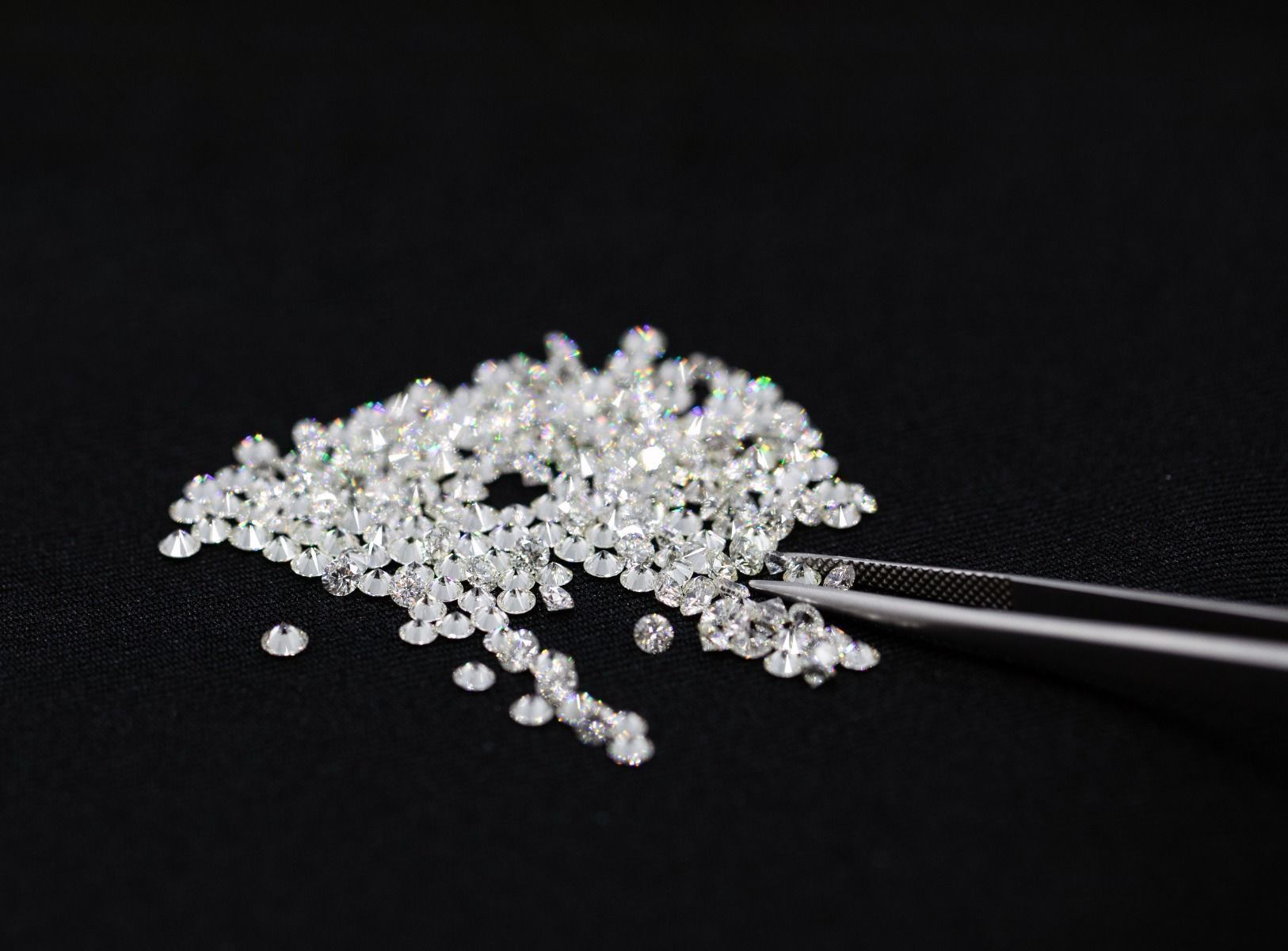
Sustainability Key In Diamond Purchases
Sustainability is a top consideration, above price and design in choosing a natural diamond for nearly a third of consumers, finds De Beers’ 2021 Diamond Insight Report, “Sustainability: shaping the future of the diamond sector.”
The study, of more than 8,400 consumers in seven key global consumer markets for diamonds, finds sustainability considerations are also on par with brand reputation and quality, as well as the physical characteristics of the diamond in purchasing decisions.
When it comes to diamonds, given a choice between a sustainable natural diamond and one with no sustainability assurance, 59% of older Millennials will choose the sustainable option, according to De Beers Insights. This looks set to continue with the next generation, as 21% of Gen Z already consider sustainability factors in their jewelry purchases. In fact, 62% of people buying natural diamonds for weddings, engagements and anniversaries rate sustainability factors as the most important in their purchasing decision.
This is a powerful indication that communicating sustainability credentials is a compelling part of a brand’s consumer engagement when relaying product attributes.
Recycled diamonds have a great story to tell that celebrates the endurance of this forever gem — in its ability as the strongest mineral on earth to be reused without trace of wear, and its sustained value as a finite and precious natural resource. Compared to lab-grown diamonds, recycled diamonds fulfill the value proposition natural diamonds deliver.
Great Diamond Source
Burne believes that the North American jewelry market can benefit by tapping into what is estimated to be a large domestic source for pre-owned, polished natural diamonds by using and promoting recycled diamonds.
With natural diamond mining expected to decline — as several mines supplying 29 million carats annually will be fully depleted by 2030, cites Bain & Co., and global economic and social instabilities challenge supply — recycled diamonds present a sustainable source in more ways than one.
Even Martin Rapaport, chairman of The Rapaport Group, shared with Forbes in 2019 that the idea that the market will run out of diamonds is nonsense, citing recycled diamonds as one of the reasons why. “At least for the last 50 years, the U.S. has been the world’s largest importer of polished diamonds,” he said, though admits statistics are hard to come by.









